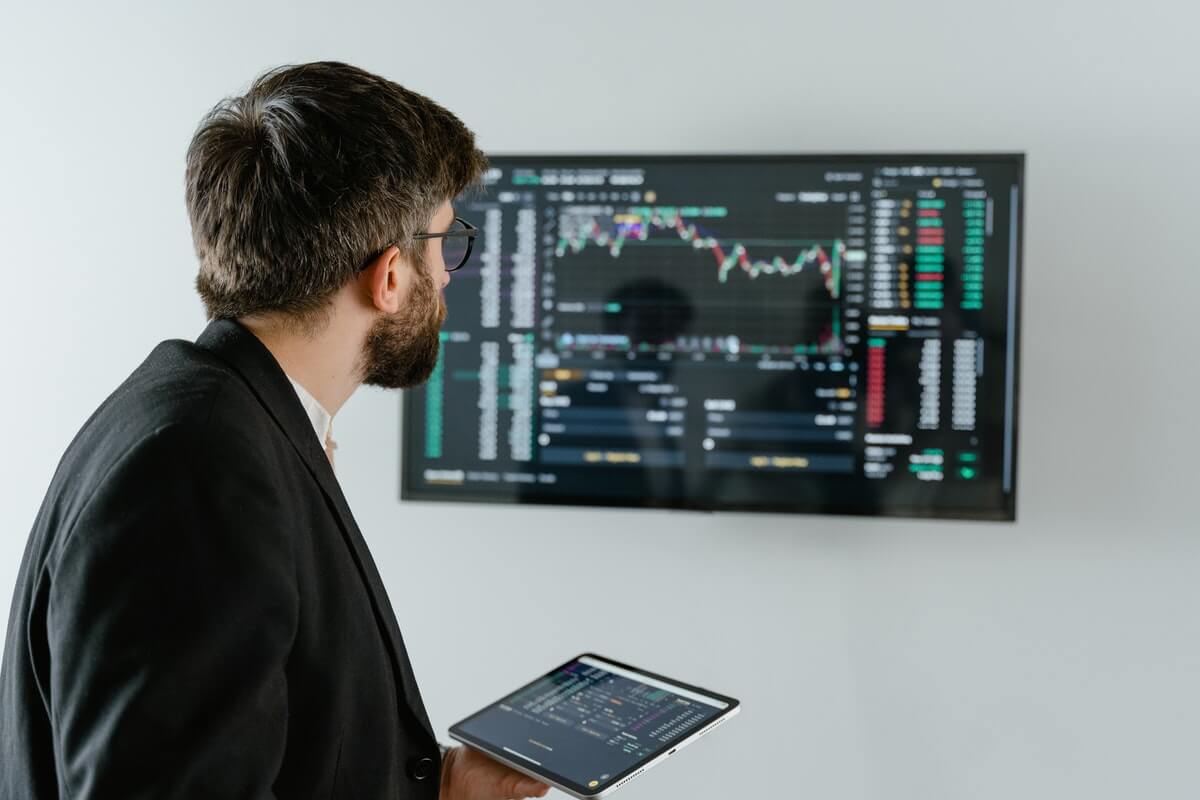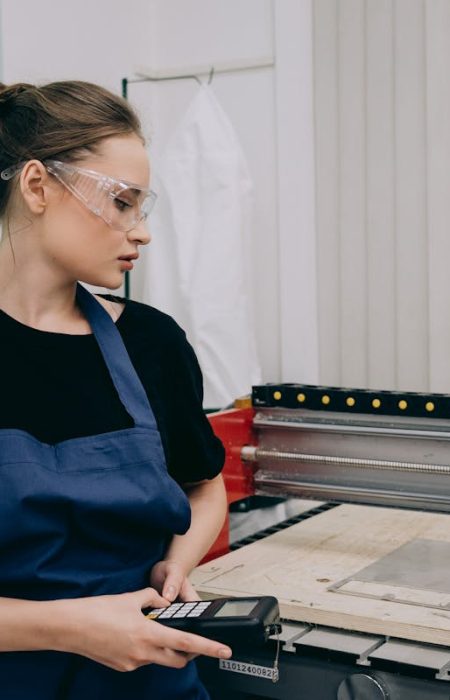It’s been said a thousand times but it’s true – Covid-19 has changed pretty much everything. Possibly forever. We are having to rethink the way we live day-to-day, the way we consume and the way we work. Humans rely on humans for almost everything in some way, so when humans can no longer physically be near each other or communicate in quite the same way, what do we do?
As we saw with the coronavirus lockdown, much of our world comes to a standstill. Businesses and workplaces closed down, leaving much of the economy empty. With things now gradually starting to pick up again, many of us are asking what can be implemented to ensure that if anything like this happens again, we can deal with it more efficiently.
The answer for many businesses is automated technology. Mills CNC and Doosan Robotics explain.
What is Automated Technology?
Automated technology is the technology by which a process or procedure is performed with minimal human assistance. Automation plays a big part in industries such as manufacturing, transportation, utilities, defense and security – to name but a few. The idea is to reduce human intervention as much as possible. Without the need for a shop floor full of employees in a factory, manufacturers can continue manufacturing where possible if for instance the UK was to see another lockdown situation.
Also Read: Which is the Best Air Conditioning Unit for Your Home?
Specifically, many businesses are considering the use of robots. Robots take on repetitive tasks with unparalleled speed and accuracy, leaving the job to get done with minimal man-power needed. This enables businesses to focus on innovation and efficiency in a time when it is potentially needed most.
In the post-pandemic world, businesses everywhere will no doubt be beginning to explore the potential of automation and robotics and whether they are an investment worth implementing. If and when they do make this decision, they will need to decide on industrial robots or collaborative robots.
Robots vs Cobots
Generally speaking, in industries such as manufacturing and transportation, you’ll find either industrial robots or collaborative robots (cobots). Industrial robots are what most people will envision when they think of a robot on the shop floor. Industrial robots complete repetitive and potentially dangerous tasks more quickly and accurately than a human employee ever could. They need little to no human intervention to carry out a task.
Collaborative robots – or cobots – are a more recent development. These are robots designed to work alongside humans as opposed to replacing them. Like their industrial counterparts, cobots are designed to perform these repetitive, error-prone tasks. This could be picking plants in a greenhouse, flipping burgers in a fast food restaurant – they’ve even been used to help perform surgery. More commonly though, they are used to pick-and-place in factories, package products or for quality inspection. Before the pandemic, it was estimated that cobots will comprise 34% of total robot sales by 2025!
So, Which is Best?
This will depend on what it is being used for. There’s strengths and limitations to both types. One of the main advantages of industrial robots is the speed in which they can perform complex tasks and the payloads that they can handle. Not only would they sufficiently replace a human employee if needed, leaving this employee to focus on more valued tasks, they would probably do the job at hand to a higher quality and without error.
However, due to the speed and force industrial robots provide, substantial safety systems are needed to ensure that safety is maintained. With this in mind, the integration of powerful systems and the safeguards required come with a higher price tag than cobots.
Also Read: Things You Need To Know About Epoxy Resins
The cobot sector has seen a lot of innovation in recent years, widening their appeal and application potential across many industries. The capability and acceptance of cobots is quite clearly increasing and as countries emerge from the coronavirus lockdown and work restrictions lifted, it’s likely that the use of this technology will continue to grow exponentially.
So, will robots ever take over the world? Who knows, but I think we can safely assume that robots are going to integrate seamlessly into our daily lives more and more as the years go on and the coronavirus pandemic has highlighted their potential now more than ever.









